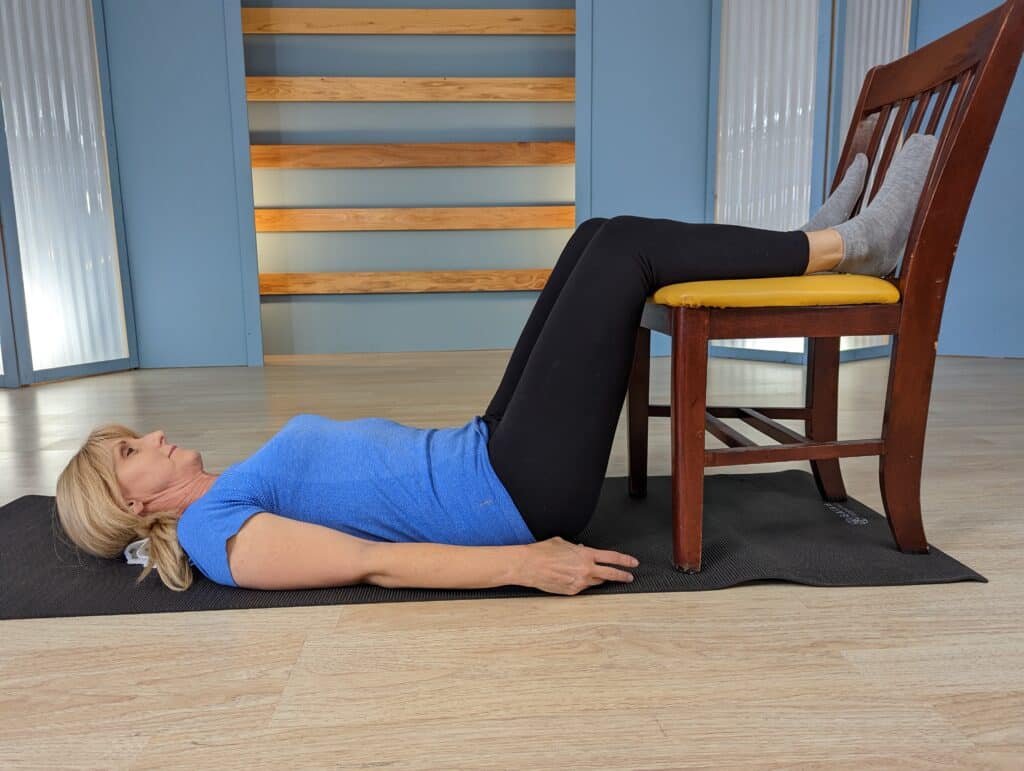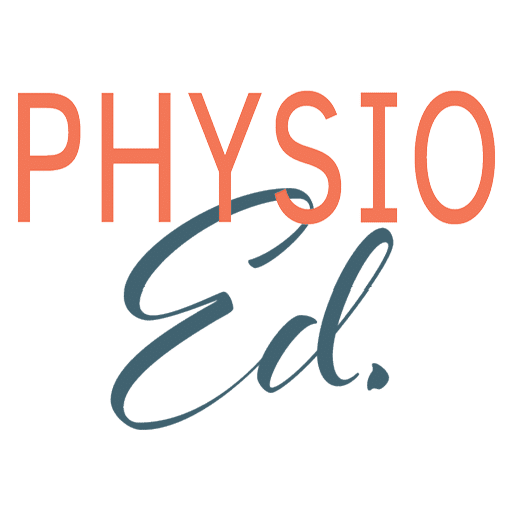Neutral spine stretches are particularly suitable for individuals with a combination of symptoms or conditions like osteoporosis that require a more conservative approach to stretching. Here’s why these exercises are appropriate:
- Minimizing Spinal Stress: Neutral spine stretches help maintain the natural curvature of the spine, reducing the risk of excessive stress on the vertebrae and discs. This is crucial for individuals with osteoporosis, as their bones are more fragile and susceptible to fractures.
- Promoting Safe Movement: These exercises encourage safe movement patterns that avoid extreme flexion or extension, which can be harmful to those with compromised bone density or other spinal conditions.
- Improving Flexibility and Mobility: Gentle stretches in a neutral spine position can improve overall flexibility and mobility without putting undue strain on the spine. This can help alleviate pain and improve function in daily activities.
- Enhancing Postural Awareness: Practicing neutral spine stretches can enhance postural awareness, helping individuals maintain better posture throughout the day. Good posture can reduce the risk of pain and injury.
- Reducing Muscle Tension: These stretches can help to alleviate muscle tension in the back and surrounding areas, promoting relaxation and reducing discomfort.
Here are your Neutral Spine Stretch Recommendations:
Single Knee to Chest
- Starting Position: Lie on your back on a comfortable, flat surface like a yoga mat. Keep your legs extended and arms at your sides.
- Bend One Knee: Slowly bend your right knee and bring it towards your chest.
- Hold Your Knee: Use both hands to gently pull your right knee closer to your chest. Keep your left leg extended and relaxed on the ground.
- Hold the Position: Hold this position for 20-30 seconds. Make sure to breathe deeply and relax your back and shoulders.
- Release: Slowly release your right knee and extend your leg back to the starting position.
- Repeat on the Other Side: Repeat the movement with your left knee.
- Complete the Set: You can repeat this stretch 2-3 times on each side, depending on your comfort level.

Hook-Lying Diaphragmatic Breathing
- Starting Position: Lie on your back on a comfortable, flat surface with your knees bent and your lower legs resting on a chair. Your thighs should be perpendicular to the ground, and your shins parallel to the ground. Place one hand on your chest and the other on your abdomen.
- Inhale Deeply: Take a slow, deep breath in through your nose, allowing your abdomen to rise as your diaphragm expands. Your chest should remain relatively still.
- Engage Your Core: As you exhale, gently tighten your abdominal muscles. Imagine pulling your belly button towards your spine.
- Repeat: Continue this breathing pattern for 5-10 breaths, focusing on the rise and fall of your abdomen and the activation of your core muscles.
- Relax: After completing the breaths, relax your muscles and return to normal breathing.
Calf Stretching
Starting Position: Stand with your toes up on a small rolled towel, keeping your heels down on the floor. Your toes should point forward.
Straighten the Knee: Keep your knee straight to feel a stretch in the back of your calf muscles.
Bend the Knee: You can also bend your knee to stretch into the ankle and the lower, deeper calf muscles.
Hold the Position: Hold this stretch for 20-30 seconds. Make sure to breathe deeply and relax into the stretch.
Repeat: You can repeat this stretch 2-3 times, depending on your comfort level.
Flat Back Stretch
- Starting Position: Stand with your feet hip-width apart and your knees slightly bent. Place your hands on your hips.
- Hinge at the Hips: Slowly bend forward at the hips, keeping your back flat and your spine neutral. Your torso should be parallel to the ground.
- Extend Your Arms: Extend your arms straight down towards the ground. You can let them hang naturally or place them on your shins for support.
- Hold the Position: Hold this stretch for 20-30 seconds. You should feel a gentle stretch in your hamstrings and lower back. Make sure to breathe deeply and keep your back flat.
- Return to Start: Slowly return to the starting position by hinging back up at the hips, keeping your back flat.
- Repeat: You can repeat this stretch 2-3 times, depending on your comfort level.




